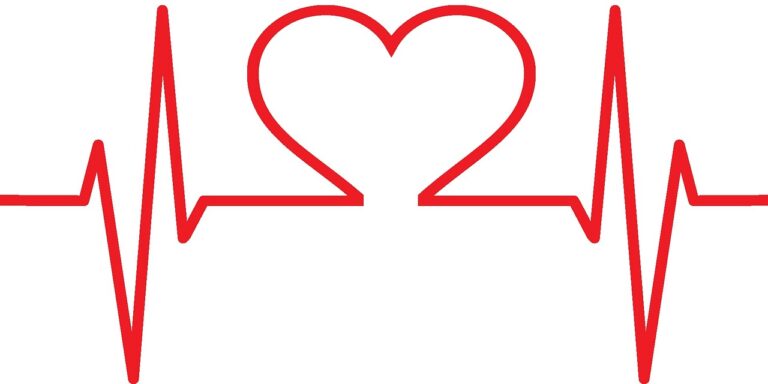Book Appointment Now

Combating Malnutrition in Developing Countries
Malnutrition remains a major challenge in developing countries, contributing significantly to the mortality rate and the overall health burden. With limited access to food, healthcare, and nutrition education, vulnerable populations, especially children, pregnant women, and the elderly, are at high risk of malnutrition. Nurses play a vital role in addressing this crisis through various nursing interventions to combat malnutrition in developing countries. This article explores essential nursing practices to alleviate malnutrition, focusing on prevention, early detection, and intervention strategies.
Get a custom paper help about challenge of malnutrition in developing countries
Order Custom Nursing Paper
Understanding Malnutrition in Developing Countries
Malnutrition is a condition that results from an insufficient or imbalanced intake of essential nutrients, leading to stunted growth, weakened immunity, and poor physical and mental development. In developing countries, this issue is often exacerbated by poverty, poor dietary practices, and limited access to healthcare resources.
According to the World Health Organization (WHO), malnutrition contributes to nearly half of all child deaths globally. In many cases, malnutrition is a silent but pervasive problem, as it may not immediately manifest as visible symptoms but gradually leads to severe health complications.
Key Nursing Interventions to Combat Malnutrition
Nurses are on the front lines of tackling malnutrition in both hospital and community settings. Through various interventions, they help improve nutritional status, educate communities, and ensure proper care for at-risk populations. Below are key nursing interventions:
1. Nutritional Assessment and Screening
A comprehensive nutritional assessment is the foundation for addressing malnutrition. Nurses are trained to assess the nutritional status of patients by considering factors such as weight, height, medical history, and dietary habits. Tools like the Malnutrition Universal Screening Tool (MUST) or Subjective Global Assessment (SGA) can help in identifying malnourished individuals.
- Frequent monitoring: Regular assessments allow nurses to track changes in nutritional status.
- Identification of high-risk individuals: Children under five, pregnant women, and the elderly are more susceptible to malnutrition and should be monitored closely.
2. Providing Nutritional Support
Nurses collaborate with dietitians to develop tailored nutritional plans for patients. Nutritional support may include oral supplements, enteral nutrition (tube feeding), or parenteral nutrition (intravenous feeding) in more severe cases.
- High-energy foods: In malnourished patients, a higher calorie intake may be necessary to help them regain strength.
- Micronutrient supplementation: This is crucial for individuals who lack essential vitamins and minerals.
3. Nutritional Education and Counseling
Educating families and communities about nutrition is a powerful preventive measure against malnutrition. Nurses are in an ideal position to provide education on proper nutrition, food storage, and hygiene.
- Community workshops: Nurses can organize health education sessions in communities to raise awareness about balanced diets and the importance of nutrition.
- Promoting breastfeeding: Educating mothers on the benefits of exclusive breastfeeding during the first six months of a child’s life is critical in preventing malnutrition.
4. Improving Access to Food and Healthcare
In many developing countries, access to nutritious food is limited. Nurses often collaborate with local governments and international organizations to improve food security and healthcare access in rural and impoverished areas.
- Mobile health clinics: Nurses can be part of outreach programs to deliver nutrition services in underserved areas.
- Food banks and community kitchens: Partnering with local organizations to distribute nutritious food can help mitigate food scarcity.
5. Early Detection and Prompt Intervention
Early detection of malnutrition is essential to prevent complications. Nurses must be vigilant in observing signs of malnutrition, such as weight loss, fatigue, or stunted growth.
- Referral systems: Nurses play a role in identifying severe cases and referring patients to hospitals or specialized nutrition clinics for further intervention.
- Monitoring of at-risk groups: Pregnant women and children are at higher risk and should be closely monitored for signs of malnutrition.
6. Advocacy for Policy Change
Nurses are often involved in advocacy to improve public health policies related to nutrition. Through their professional associations, nurses can lobby for better food security programs, improved maternal health services, and the availability of affordable healthcare.
- Nutrition-related policies: Advocacy for policies that support school meal programs, maternal health, and nutritional education in schools.
- Collaboration with international agencies: Nurses can work with organizations like UNICEF or WHO to implement large-scale nutritional programs.
7. Cultural Sensitivity in Nutritional Interventions
Cultural beliefs and practices can significantly impact food choices and nutritional habits. Nurses must take cultural factors into account when planning interventions to ensure they are respectful and effective.
- Culturally appropriate education: Nurses should use local food examples and practices when educating communities about nutrition.
- Family-centered care: In many cultures, nutrition-related decisions are made by the family, so involving families in care plans is crucial.
Nursing interventions to combat malnutrition in developing countries are critical for addressing this global health crisis. Nurses can significantly impact by conducting nutritional assessments, providing education, offering nutritional support, and advocating for policy changes. By incorporating cultural sensitivity and community engagement, these interventions can have long-lasting effects on reducing malnutrition in vulnerable populations. Nurses are integral to improving nutrition, health outcomes, and ultimately the quality of life for those most in need.




